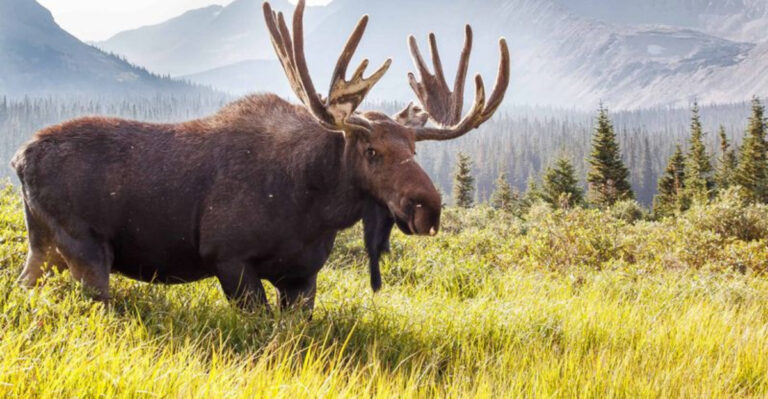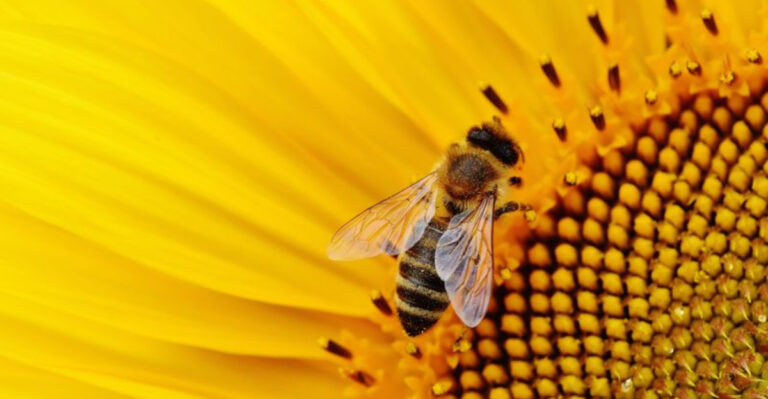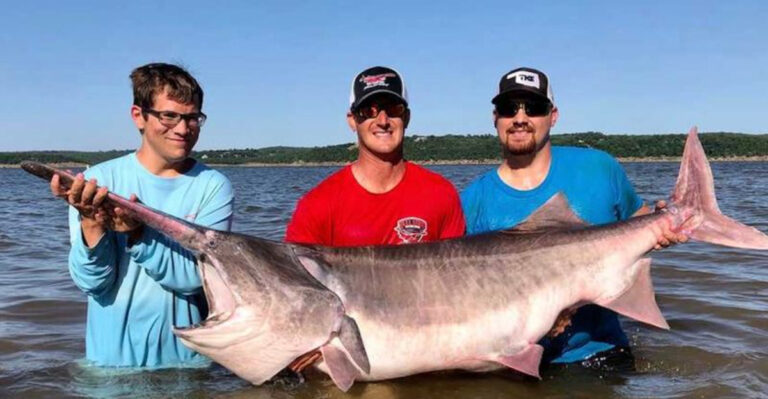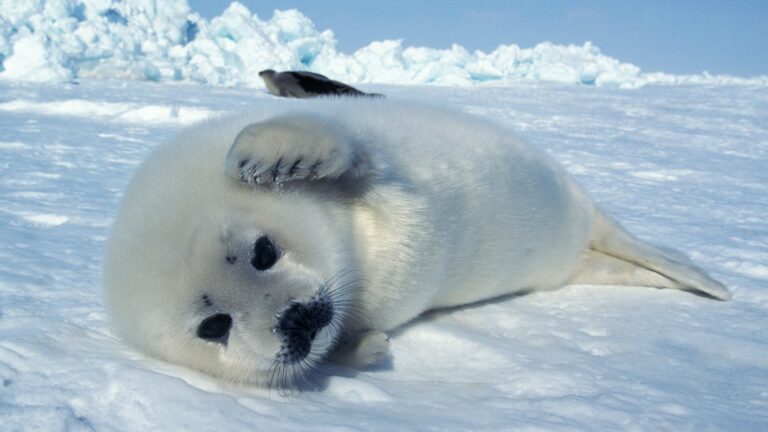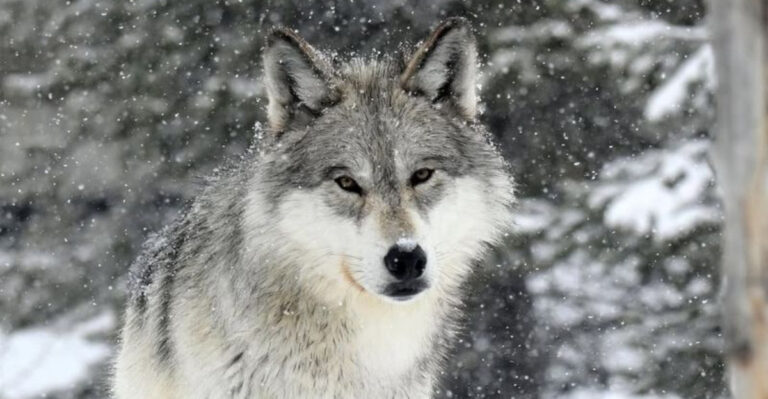8 Cat Breeds That Veterinarians Warn Against Buying (And 5 That Get Their Stamp Of Approval)
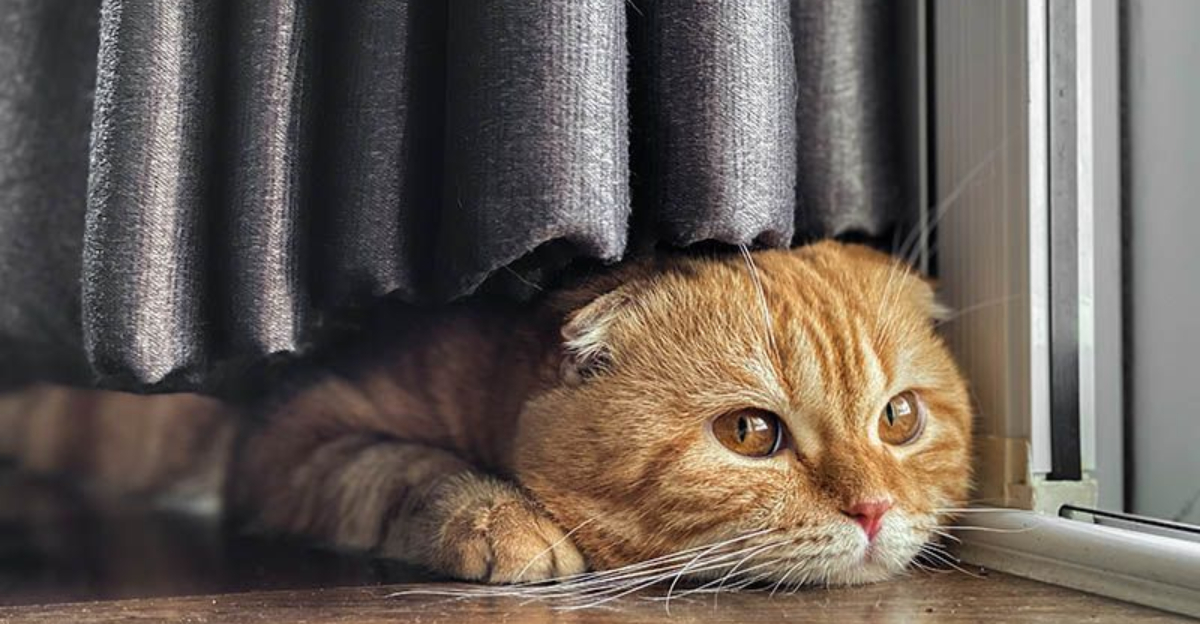
Bringing a new feline friend into your home is a big decision that comes with years of responsibility. Not all cat breeds are created equal when it comes to health and temperament.
Veterinarians often have strong opinions about certain breeds based on common health problems they see in their practices.
1. Persian Cats: Beautiful But Breathing Challenged
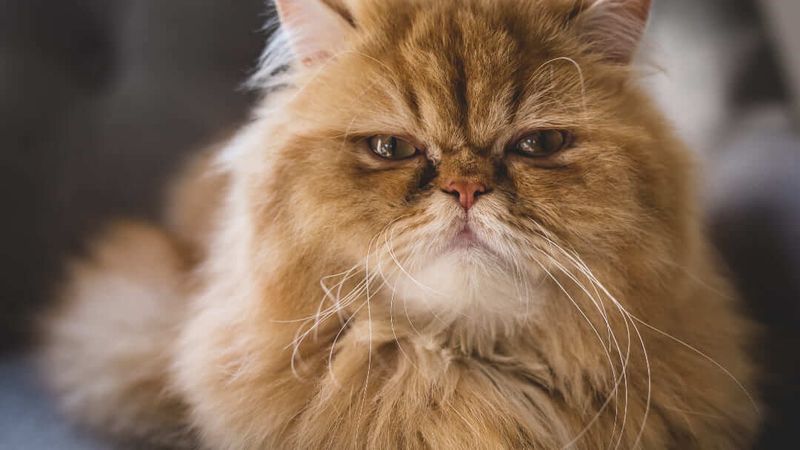
Those adorable flat faces that make Persian cats so distinctive actually cause serious breathing difficulties. Their shortened skull structure (brachycephaly) leads to narrow nostrils and compressed airways.
Persians frequently develop respiratory infections and may require expensive surgeries. They also suffer from excessive tearing that stains their fur and can develop painful eye conditions.
2. Scottish Fold: Cute Ears, Painful Joints
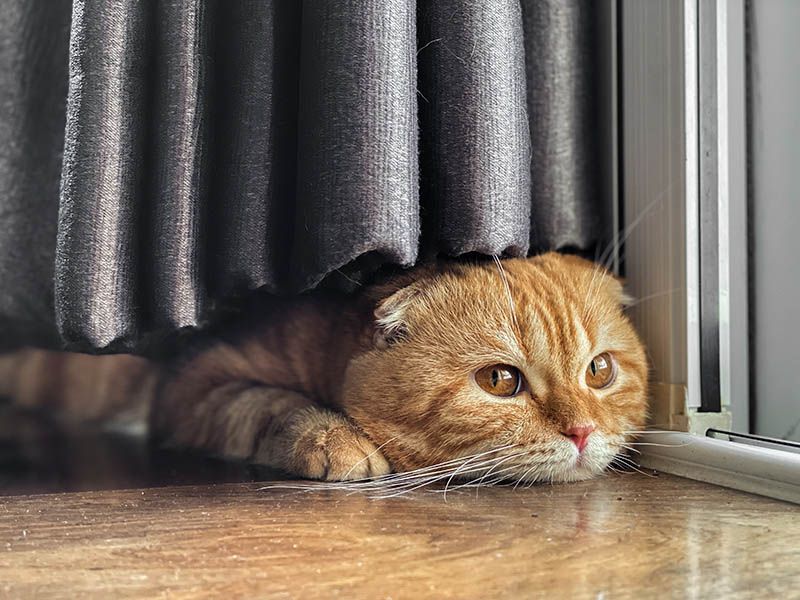
The trademark folded ears that make these cats internet sensations actually result from a cartilage abnormality. This genetic mutation doesn’t just affect their ears – it impacts all cartilage throughout their body.
Many Scottish Folds develop painful arthritis and joint deformities at young ages. Their cute appearance masks serious welfare concerns that make ethical veterinarians discourage supporting their breeding.
3. Munchkin Cats: Short Legs, Long Problems

Munchkins captivate with their unusually short legs, but this feature results from a genetic mutation that many vets consider unethical to breed. Their stubby limbs limit natural cat behaviors like jumping and climbing.
Spinal issues frequently plague these cats as they age. The same gene that shortens their legs can cause severe back pain and mobility problems, leading to reduced quality of life as they grow older.
4. Sphynx: Hairless Wonders With Hidden Costs
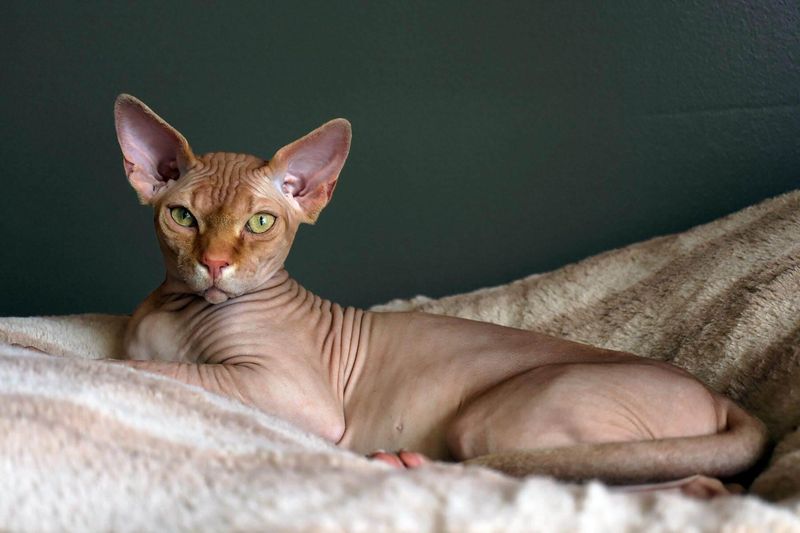
Hairless Sphynx cats require intensive care that many owners don’t anticipate. Without protective fur, they need regular bathing to remove body oils and are extremely vulnerable to sunburn and cold temperatures.
Dental issues plague many Sphynx cats, requiring frequent professional cleanings. They’re also prone to hypertrophic cardiomyopathy, a serious heart condition that can dramatically shorten their lifespan despite their otherwise alien-like resilience.
5. Bengal Cats: Wild Ancestry, Wilder Behavior

Bengals possess stunning wild-looking coats but their Asian leopard cat ancestry comes with behavioral challenges. Many owners surrender these energetic cats when they can’t meet their extreme exercise and stimulation needs.
Territorial marking and loud vocalizations make Bengals challenging in multi-pet households. They’re also prone to intestinal issues and hypertrophic cardiomyopathy, making their exotic appearance come with both behavioral and health concerns for unprepared owners.
6. Himalayan Cats: Breathing Troubles In A Fluffy Package

Himalayans combine Persian and Siamese genetics, inheriting the Persian’s problematic facial structure. Their flattened faces restrict airflow, causing chronic respiratory distress and overheating in warm weather.
Excessive tearing creates constant eye discharge that requires daily cleaning. Polycystic kidney disease runs rampant in Himalayans, necessitating specialized diets and medical care that can become both heartbreaking and financially burdensome for devoted owners.
7. Exotic Shorthair: Persian Problems In A Shorter Coat
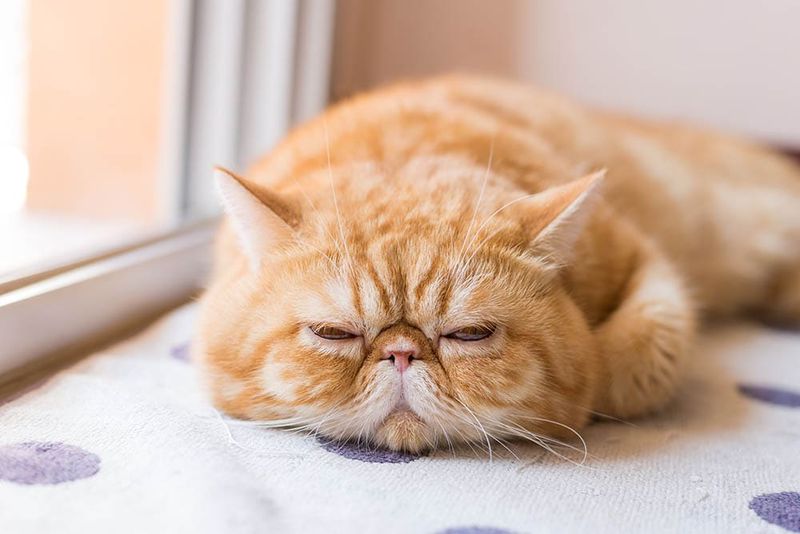
Marketed as low-maintenance Persians, Exotic Shorthairs still inherit all the problematic facial structure issues. Their pushed-in faces lead to breathing difficulties, dental problems, and chronic eye infections despite their more manageable coat.
Many develop brachycephalic airway syndrome requiring surgical correction. Their tear ducts often function poorly, creating constant eye discharge that stains their facial fur and can harbor bacteria if not cleaned regularly.
8. Savannah Cats: Exotic Looks With Exotic Challenges
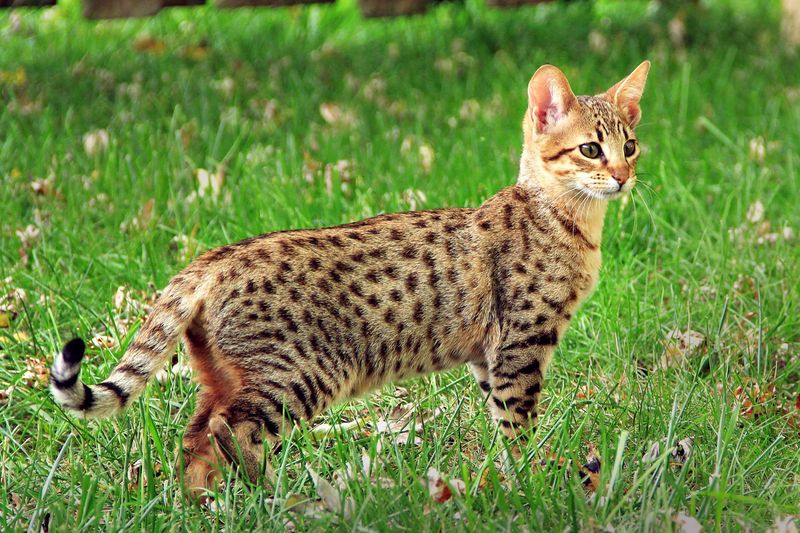
Savannahs result from crossing domestic cats with wild servals, creating impressive size and exotic markings. However, their wild genetics can produce unpredictable temperaments and territorial behaviors that overwhelm average cat owners.
Many localities have banned or restricted Savannah ownership due to their wild heritage. They require specialized diets and extraordinary environmental enrichment that most households simply cannot provide, leading to behavioral problems and surrenders.
9. Domestic Shorthair: The Resilient Everyday Hero
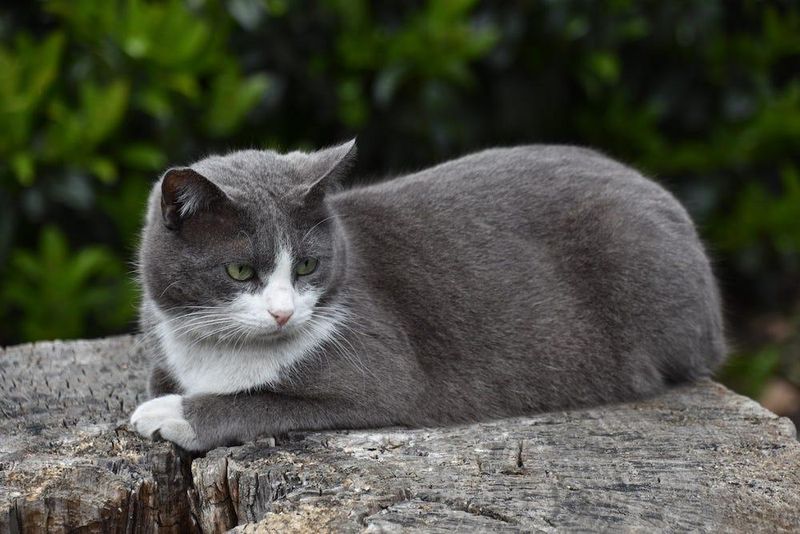
Regular domestic shorthairs benefit from genetic diversity that purebreds lack. This natural variety creates stronger immune systems and fewer inherited health problems, making them remarkably resilient companions.
Shelter-adopted domestic shorthairs cost a fraction of purebred prices while typically living longer, healthier lives. Their personalities vary widely, allowing adopters to find perfect matches for their lifestyles rather than predetermined breed traits.
10. Siamese: Ancient Breed With Modern Health
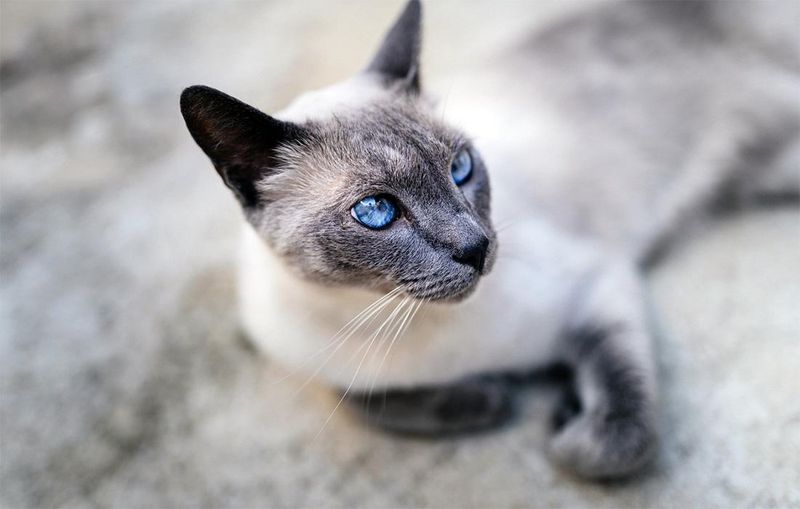
Modern Siamese cats have moved away from the extreme body types that once plagued the breed. Today’s Siamese typically enjoy robust health with fewer genetic issues than many purebreds.
Their intelligence and social nature make them fantastic companions who actively seek human interaction. While they can develop age-related kidney issues, responsible breeding has reduced many hereditary problems, earning them veterinary approval when obtained from ethical breeders.
11. Maine Coon: Gentle Giants With Healthy Genetics

Maine Coons have maintained much of their natural genetic diversity despite their popularity. Their large size develops naturally without the extreme features that cause health problems in other breeds.
Responsible breeders screen for hypertrophic cardiomyopathy, helping reduce this heart condition in the population. Their sturdy build, weather-resistant coat, and friendly temperament combine with generally good health to make them veterinarian favorites.
12. American Shorthair: Working Cat With Working Health
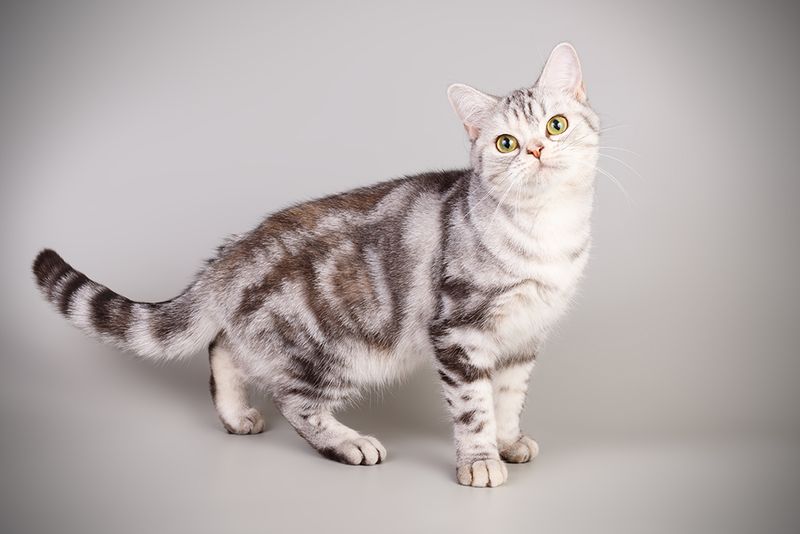
American Shorthairs evolved as working cats on farms and ships, where health and hardiness were essential. Natural selection shaped these cats for generations before formal breeding began, creating inherent disease resistance.
Their moderate, balanced body type avoids extremes that cause health problems. With lifespans often reaching 15-20 years, these easy-going cats maintain playfulness well into their senior years while requiring minimal veterinary intervention beyond routine care.
13. Norwegian Forest Cat: Nature-Designed Resilience

Norwegian Forest Cats evolved naturally in harsh Scandinavian climates, developing robust health and weather-resistant coats. Their natural evolution means fewer genetic health issues compared to human-designed breeds.
Despite their magnificent size and coat, they typically avoid the heart problems common in other large breeds. Their strong climbing abilities and adaptable nature remain intact, making them both physically healthy and behaviorally well-adjusted companions that veterinarians often recommend.

